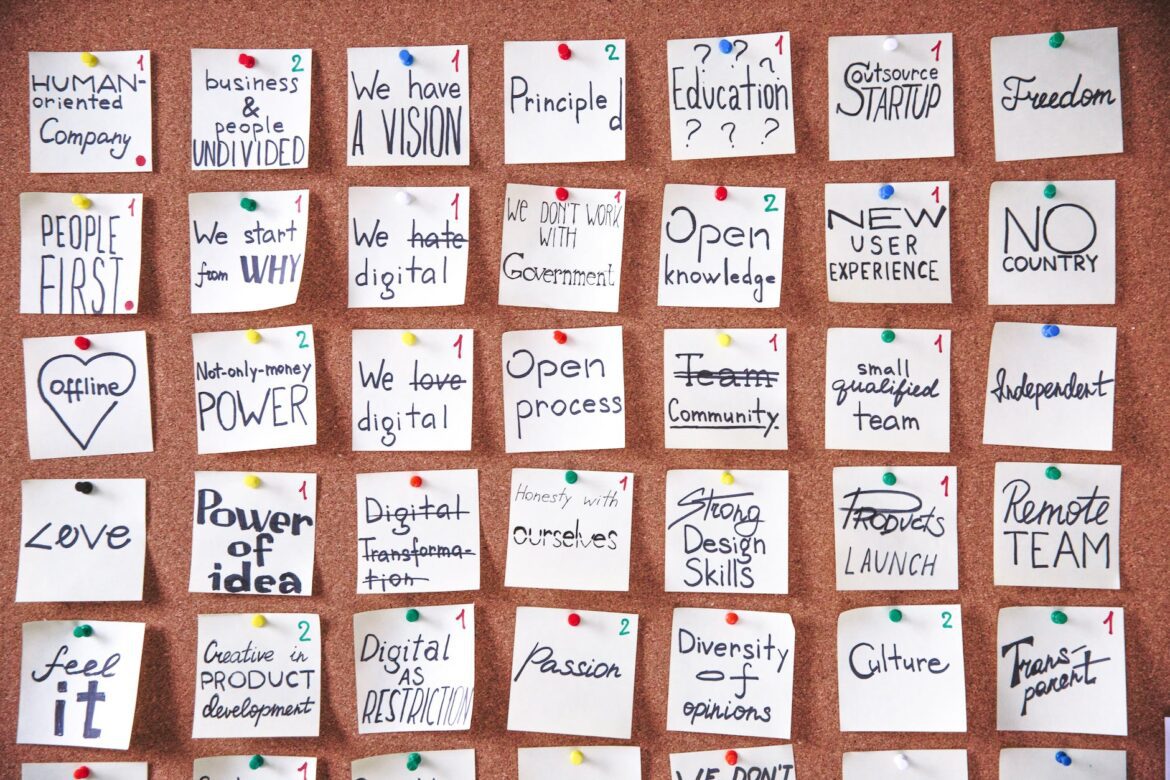The Constant of Change
Change is an inherent and inevitable part of life. Whether it’s a change in circumstances, goals, or perspectives, personal development often requires adaptability and resilience in the face of change. In this blog, we’ll explore the importance of embracing change, building resilience, and thriving in uncertain times.
The Benefits of Embracing Change
Change, while often challenging, can also bring tremendous growth and opportunity. Here are some of the benefits of embracing change:
- Personal Growth: Change forces you to step out of your comfort zone and adapt. This process of adaptation leads to personal growth and development.
- Flexibility: Embracing change enhances your flexibility and adaptability, important skills in an ever-evolving world.
- New Perspectives: Change can offer fresh perspectives and opportunities that you may not have considered in a stable environment.
- Resilience: Navigating change builds resilience, enabling you to bounce back from adversity and handle future challenges more effectively.
Building Resilience
Resilience is the ability to bounce back from setbacks and adversity. It’s a crucial skill for personal development, as it helps you stay strong and focused during challenging times. Here are techniques to enhance your resilience:
- Positive Thinking: Cultivate a positive mindset by focusing on your strengths and achievements, even in difficult situations.
- Self-Care: Prioritize self-care practices, including exercise, healthy eating, and sufficient sleep, to build physical and emotional resilience.
- Social Support: Lean on your support network, including friends, family, and mentors, during tough times. Sharing your experiences and seeking advice can be invaluable.
- Problem-Solving: Develop problem-solving skills to approach challenges with a proactive mindset. Break problems into manageable steps and seek creative solutions.
- Mindfulness and Stress Reduction: Practices like mindfulness meditation can help you manage stress and stay centered during times of change and uncertainty.
Continuous Learning
Adapting to change also involves continuous learning and skill development. Here’s how you can cultivate a mindset of continuous learning:
- Stay Curious: Maintain a sense of curiosity about the world and your areas of interest. Ask questions and seek answers.
- Read and Research: Read books, articles, and research in your field to stay informed about new developments and ideas.
- Seek Feedback: Welcome feedback from mentors, peers, or colleagues. Constructive feedback can help you improve and adapt.
- Take Risks: Don’t be afraid to take calculated risks that push you out of your comfort zone. New experiences often lead to new learning opportunities.
Cultivating a Growth Mindset
A growth mindset is the belief that your abilities and intelligence can be developed through dedication and hard work. This mindset is essential for embracing change and personal development. Here’s how to cultivate a growth mindset:
- Embrace Challenges: See challenges as opportunities to learn and grow, rather than as obstacles.
- Persist in the Face of Setbacks: When faced with setbacks or failures, view them as stepping stones to success. Keep trying and adapting.
- Effort Leads to Mastery: Understand that effort is a path to mastery. The more you invest in your development, the more you’ll achieve.
- Learn from Criticism: Use constructive criticism as a tool for improvement, rather than as a personal attack.
In conclusion, embracing change and building resilience are essential for personal development in today’s ever-changing world. By recognizing the benefits of change, developing resilience, pursuing continuous learning, and cultivating a growth mindset, you can thrive in uncertain times and achieve your personal and professional goals with confidence.






